UWB "Key experience": How the iPhone becomes a car key
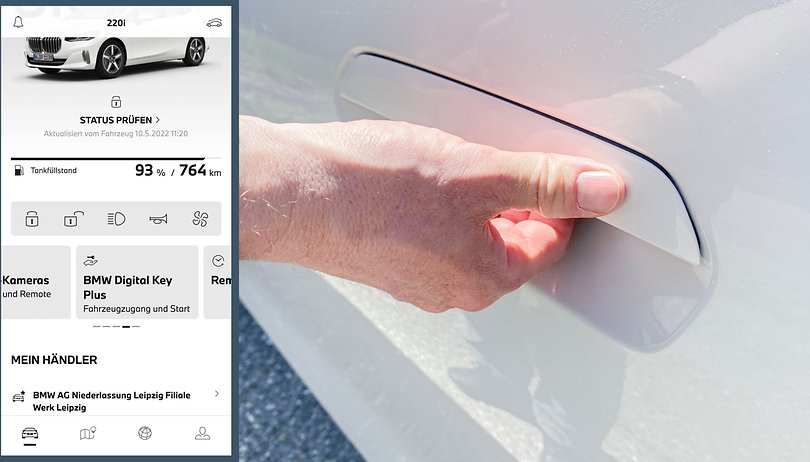

Keyless systems for cars are practical, but they are not without controversy. The existing security solutions, which make a classic car key obsolete, can be tricked. Numerous owners of high-priced automobiles who have fallen victim to theft can tell you a thing or two about the matter. With the so-called Ultrawideband technology (UWB), more and more car manufacturers now want to put an end to such criminal activities. Read this article to find out how this works, for instance, with a BMW 220i and the iPhone, and also why UWB has the potential to revolutionize the smart home market.
Hand on my heart: When looking for the car key in the trouser and jacket pockets, every driver has probably left his coffee-to-go cup or other things on the roof of the car. This is bad luck for anyone who has already temporarily forgotten about the object placed on the roof when they get in the car. Thousands of car rear windows have experienced dripping coffee, laptops lie smashed on roads, and lost briefcases attest to such misfortune.
Keyless systems ensure that the car unlocks itself automatically as soon as the owner approaches without having to pick up the key or press a button on the key fob. The engine can also be started at the touch of a button, without an ignition lock in place. With previous systems, however, convenience comes at the expense of security, because they can be tricked with a little technical knowledge or a manageable financial outlay.
With conventional keyless technology, in fact, the system measures the reception level of the key radio signal without checking whether the measured reception level makes sense. It is sometimes enough if the signal level is sufficiently high, and the car doors will then unlock. Criminals exploit this weak point with the help of special devices. They extend and amplify the radio signal of the key, which the rightful owner hangs on the key rack behind his own front door, for example, or leaves on the restaurant table. According to a recent survey of 500 cars by the German Automobile Club (ADAC ), only about five percent of vehicles are well protected against theft.
Several car manufacturers rely on UWB
A so-called relay attack as previously described does not work with ultra-wideband technology. This is because the system not only measures the signal level, but thanks to UWB, it also extremely precisely measures the radio signal's propagation time. If the range is manipulated, where the transmission time of the radio signal between the transmitter and receiver is too long, the car remains locked. For safety reasons, more and more car manufacturers are using this technology, including Audi, BMW, Ford, Genesis, Mercedes, Skoda, and Volkswagen.
In addition to UWB technology for the key fob, BMW offers Digital Key Plus as an option for several models, including the BMW 220i Active Tourer. This allows the owner to store the electronic key in the digital wallet on a smartphone. For this to work, the "My BMW" app must first be downloaded and installed to the owner's own smartphone. For those who opt for the key fob, the door unlocks as if by magic shortly before you reach the vehicle and also locks automatically not too long after the driver leaves the car. The engine can also be started by pressing the start button in the center console, because as soon as the owner of the key enters, the car recognizes the driver.
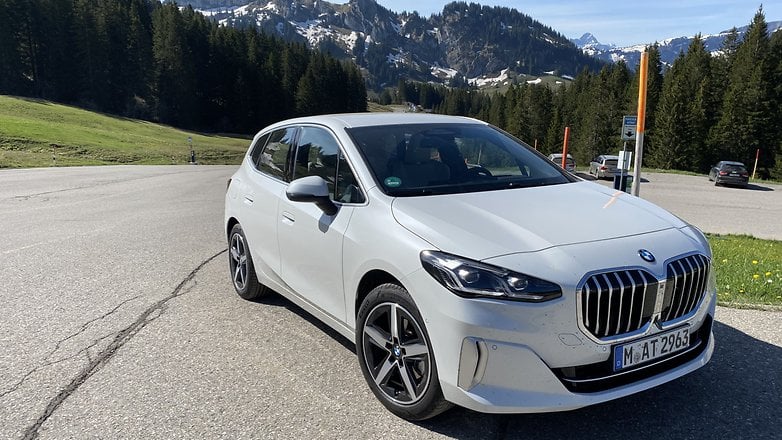
The app offers numerous information and functions as well. For example, the current fuel level and approximate range can be viewed on-the-go. The app can also be used to lock and unlock the vehicle simply by pressing a button on the corresponding symbol. Anyone who has forgotten the location of the car can press the "Vehicle Finder" button and the exact position will be displayed on a map.
Even if the smartphone battery runs out, the system takes care of that issue: all the driver has to do is hold his or her smartphone directly up to the door handle. The doors unlock via the NFC chip integrated with the smartphone itself. In addition, every BMW customer continues to receive a conventional key fob with buttons in case the smartphone is lost or stolen. What else is practical? The digital key can also be shared with other people, such as family members, via the app.
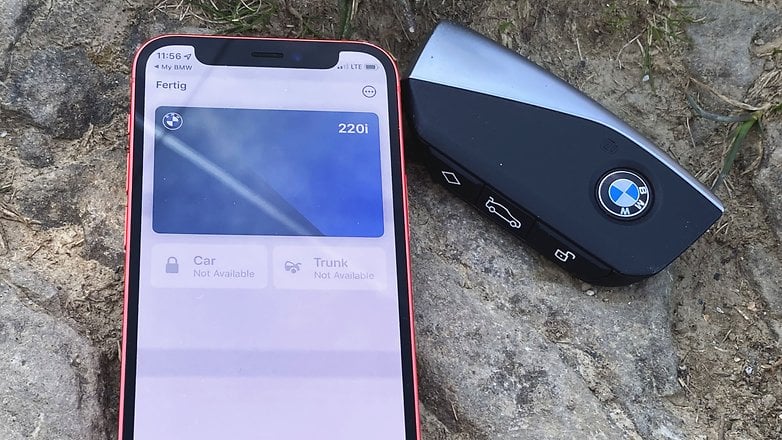
This is how UWB technology works at BMW and other automobile manufacturers
Several chips are integrated into the vehicle that receives the encrypted radio signals from the smartphone. From the time taken to send and receive these signals, the exact spatial position of the rightful car owner is determined. The car can only be started then if the driver is sitting inside.
In addition to BMW, several other automakers are relying on UWB technology. At Audi, the technology is currently available for the classic key fobs of the A3 and Q4 e-tron models. All upcoming models based on the new PPE (Premium Platform Electric) and PPC (Premium Platform Combustion) vehicle platforms will be available with the new technology. "The first models on the new platforms will be introduced next year," says Audi spokesman Michael Crusius.
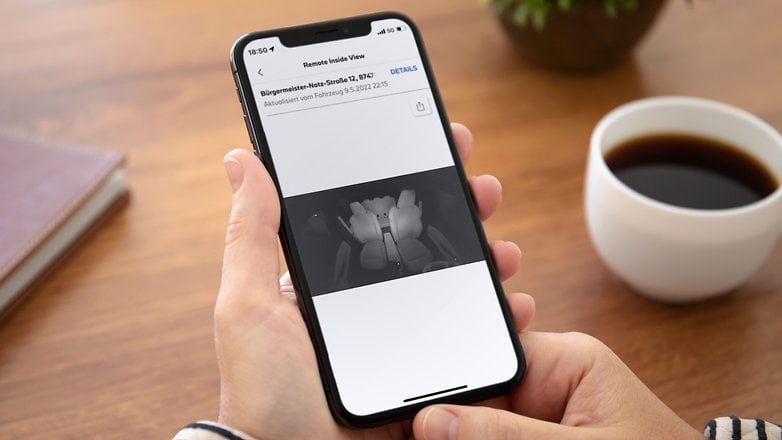
At Skoda, UWB technology can currently be found in the key fobs for the Octavia and Enyaq models. "It is planned that other model ranges will be equipped with this technology," says Skoda spokesman Karel Müller. According to Michael Schweitzer of Volvo Cars, the Swedish automaker currently has no vehicles with UWB technology in its lineup. However, this will be taken into account when planning future models, a Volvo spokesperson informed us.
Possible only with modern smartphones
The technical prerequisite for this extraordinary key experience is not only the right car, but also a compatible smartphone. Apple, for example, has equipped all iPhone models from the iPhone 11 onward with a UWB chip. The Samsung Galaxy Note 20 Ultra, the Samsung Galaxy S21+ and Ultra, the Galaxy S22 series, and the Z Fold 2 and Z Fold 3 also support the same wireless technology. In Xiaomi's lineup, only the Mi Mix models are currently compatible, and Google's are the Pixel 6 and Pixel 6 Pro.
However, UWB technology is not limited to just smartphones: A corresponding chip is also installed in the Apple Watch 6 and Apple Watch 7, as well as in the Apple AirTag, Apple HomePod mini, and Samsung's Galaxy SmartTag.
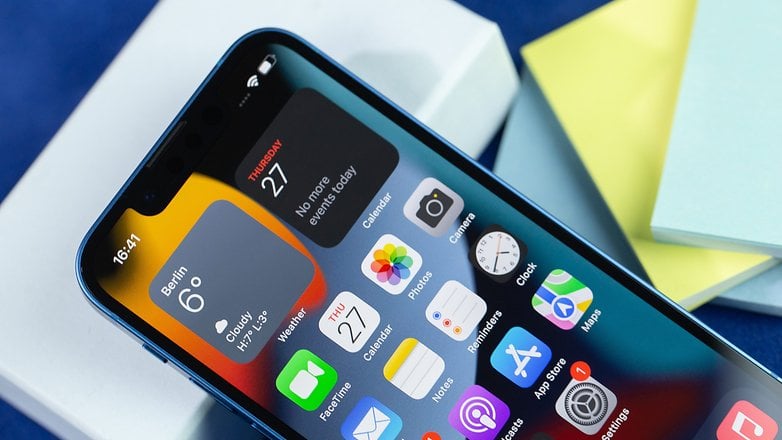
Because UWB enables precise positioning and the technology can transmit large data packets over an extremely wide frequency spectrum, the technology is also interesting for many areas of application for both indoors and outdoor use. Parallel use of WLAN or Bluetooth is not an issue at all because the frequency ranges do not overlap, and thus you will not run into any possibility of interference.
Great future for UWB
Together with the Internet of Things, UWB has the potential to change the world and make everyday life a little safer and more convenient. Not only with cars, but also apartment and house doors or garage doors could come equipped with it. Trackers from Apple and Samsung that were mentioned earlier can help locate misplaced items, such as a set of keys.
Indoor navigation is also possible with UWB. Since the technology can be used to locate things precisely right down to the centimeter, it can also be used to control smart home devices in the future. All that is needed is to point the smartphone at a compatible device, and it will get to work. The device will be recognized and can be controlled via an app on the display. However, it is still cheaper to use WLAN and Bluetooth, so this convenience will probably have to wait a little longer.







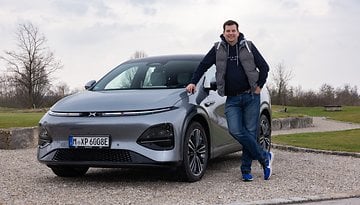
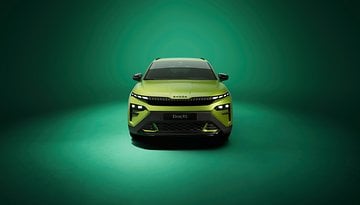

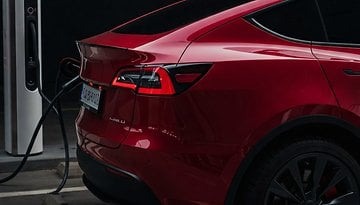

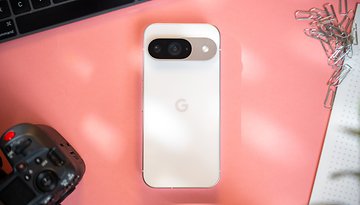






Does it rely on a network connection? Tesla has had that problem that people can't unlock their cars when they lock up outside of coverage. And where I live, it's trivial to be outside of coverage